Asteroids In Action: Dramatic Impacts Throughout History
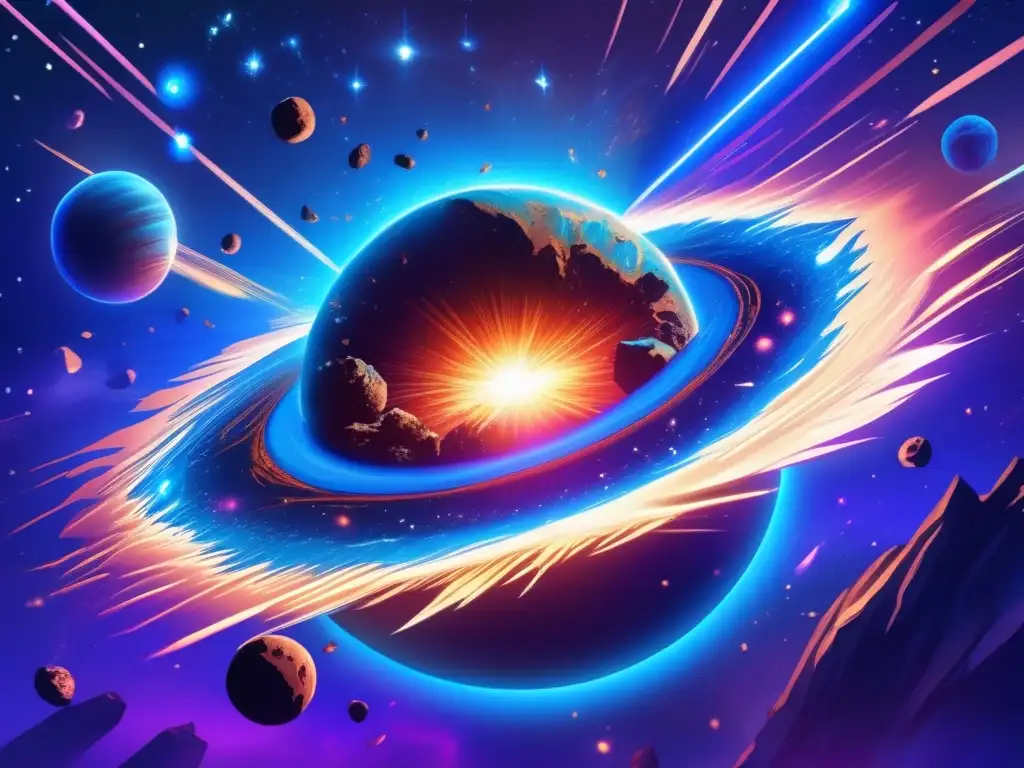
Introduction
Asteroids have played a significant role in shaping our planet's geology and evolution. These celestial objects have been impacting Earth for billions of years, and some of these impacts have been catastrophic, altering the course of life on Earth forever. In this article, we will explore some of the most dramatic asteroid impacts throughout history and their impact on our planet.
The Chicxulub Impact

The Asteroid that Wiped out the Dinosaurs
The Chicxulub impact was a catastrophic event that occurred 66 million years ago, wiping out the dinosaurs and paving the way for mammals to thrive. The asteroid responsible for the impact was estimated to be at least 10 kilometers in diameter and impacted Earth at a speed of around 20 kilometers per second. The impact created a crater approximately 200 kilometers in diameter and triggered a mass extinction event that affected 75% of all species on Earth.
The Aftermath of the Chicxulub Impact
The Chicxulub impact would have generated an intense shockwave that would have caused wildfires, tsunamis, and earthquakes. Material ejected from the impact site would have blanketed the entire planet, blocking sunlight and causing a global cooling effect that lasted for years. The thinning of the ozone layer would have also led to increased levels of radiation, causing further damage to ecosystems and life forms.
The Scientific Significance of the Chicxulub Impact
The Chicxulub impact has provided critical insights into the role of asteroids in shaping our planet's history and evolution. The discovery of the impact crater and the evidence of the mass extinction event has helped scientists understand the severity and impact of asteroid impacts on Earth. Studying the Chicxulub impact has also led to the development of strategies to mitigate the potential impact of asteroids on Earth in the future.
The Tunguska Event
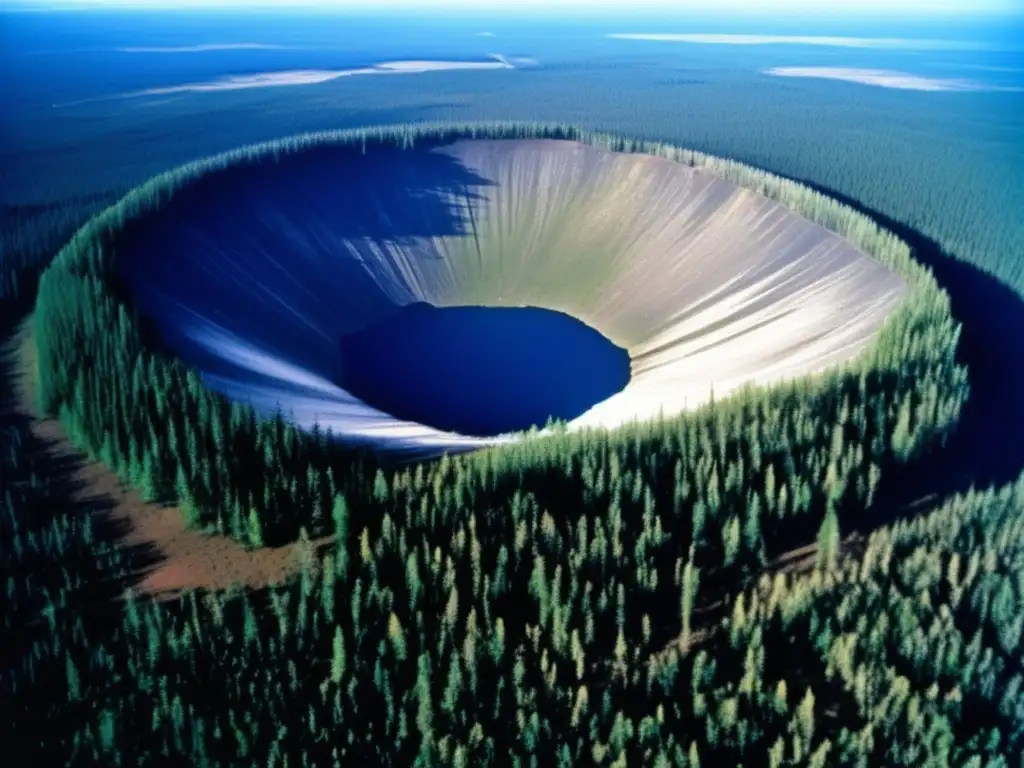
The Mysterious Explosion in Siberia
The Tunguska event was a massive explosion that occurred in Siberia in 1908, with an estimated energy release equivalent to 5-10 megatons of TNT. The impact, which occurred at around 7:15 am, flattened trees over an area of 2,000 square kilometers and generated shockwaves that could be felt as far away as England. The cause of the Tunguska impact is still a matter of debate, with some theories suggesting that it was caused by a comet or an asteroid.
The Impact on the Ecosystem
The Tunguska event had a significant impact on the ecosystem of the region. The explosion caused widespread fires that burned for several weeks, destroying the vegetation of the region. The shockwaves generated by the impact would have also affected the wildlife in the area. The impact created a unique habitat for plants that thrived in areas with high radiation levels and low competition from other plants.
The Legacy of the Tunguska Event
The Tunguska impact has been a subject of scientific inquiry for over a century and has provided critical insights into the nature of asteroid impacts and their potential impact on Earth. The event has led to the development of strategies to track and potentially deflect asteroids that threaten Earth's safety.
The Barringer Crater
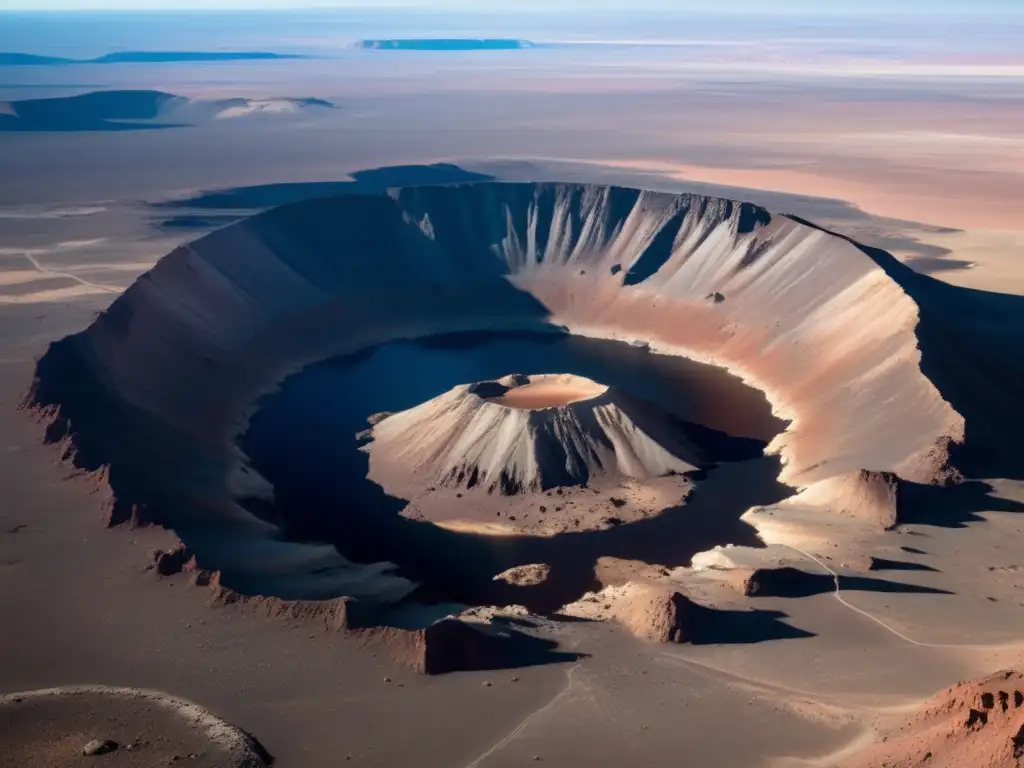
Asteroid Impact in Arizona
The Barringer Crater, also known as the Meteor Crater, is a massive impact crater located in Arizona, USA, with an estimated age of 50,000 years. The impact was caused by a nickel-iron asteroid approximately 50 meters in diameter. The impact generated a crater approximately 1,200 meters in diameter and 170 meters deep.
The Geology of the Barringer Crater
The Barringer Crater is one of the best-preserved impact craters on Earth and provides an excellent opportunity for scientists to study the impact process. The geology of the site reveals valuable insights into the characteristics of the impact and the resulting changes to the surrounding landscape. The impact generated shockwaves that caused intense fracturing of the rocks around the site, leading to the formation of shatter cones and other unique geological features.
The Study of Impact Craters
The Barringer Crater has provided critical insights into the study of impact craters and the impact process. Scientists have used the crater as a model to study other impact craters on Earth and other planets and moons in our solar system. Studying impact craters has also led to the development of new technologies and strategies to track and potentially deflect asteroids that threaten Earth's safety.
Frequently Asked Questions
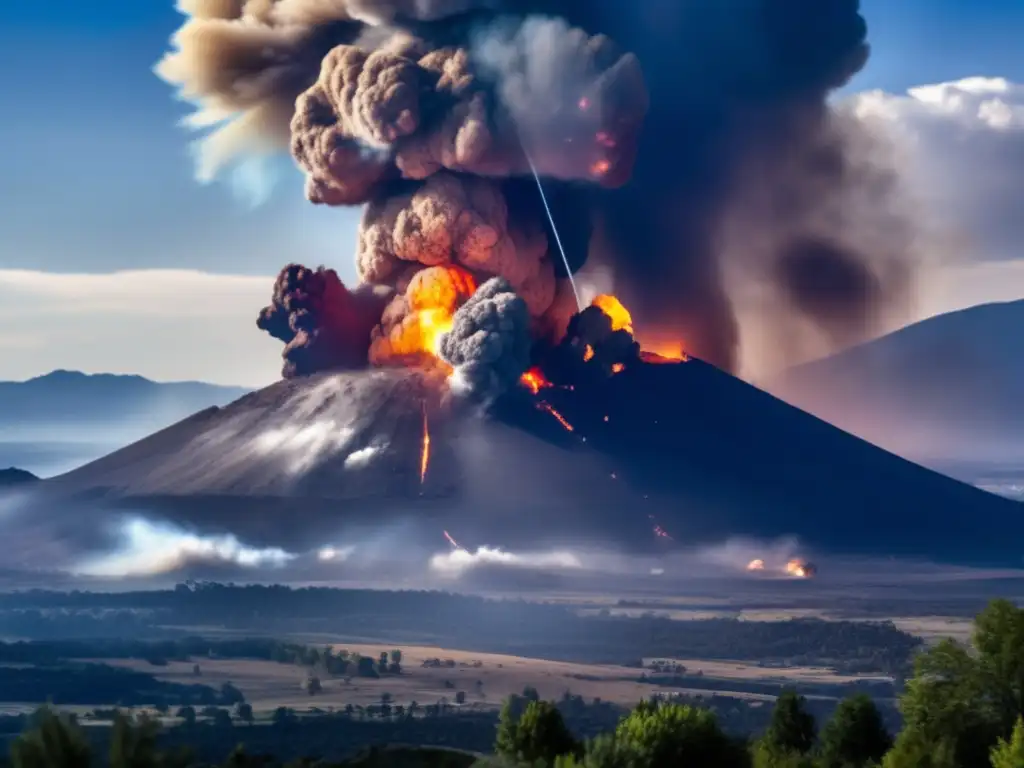
-
What is an asteroid impact?
An asteroid impact refers to the collision of an asteroid with a planet or moon. Asteroid impacts can cause significant damage to a planet's surface and affect its ecosystems and climate.
-
How often do asteroid impacts occur?
Asteroid impacts occur relatively infrequently, with impacts large enough to cause significant damage occurring once every few hundred thousand years.
-
What can be done to prevent asteroid impacts on Earth?
Various strategies can be employed to prevent asteroid impacts on Earth, including early detection and tracking of potentially dangerous asteroids, and developing new technologies to deflect or destroy asteroids before they impact Earth.
-
What is the largest asteroid impact in history?
The Chicxulub impact is currently the largest asteroid impact in history, with an estimated energy release equivalent to ten billion Hiroshima bombs.
-
What have we learned from studying asteroid impacts?
Studying asteroid impacts has provided critical insights into the history and evolution of our planet and has led to the development of technologies and strategies to protect Earth from potentially dangerous asteroids.
Conclusion
Asteroid impacts have played a critical role in shaping our planet's geology and evolution. The dramatic impacts throughout history have provided valuable insights into the nature of asteroid impacts and their potential impact on Earth. By studying these events, scientists can develop strategies and technologies to protect our planet from potentially dangerous asteroids and ensure our safety and survival in the future.
We hope that this article has provided you with valuable insights into the impact of asteroids on our planet and that you have found it informative and engaging. We encourage you to share your thoughts in the comments section and to positively interact with www.asteroidrealm.com, whether by subscribing, sharing the article on social networks, or other forms of participation. Thank you for your time and attention.
Additional Resources
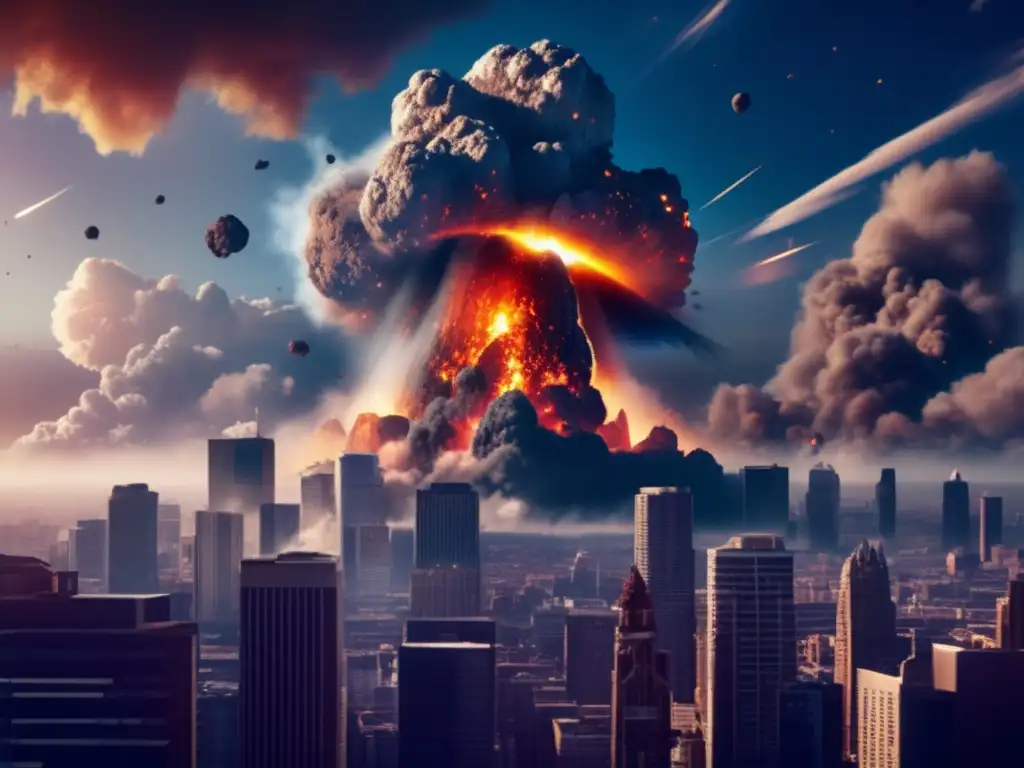
For those interested in delving deeper into the asteroid topic, we have provided some additional resources:
- NASA Planetary Defense Coordination Office
- NASA Asteroid Watch
- Lunar and Planetary Institute: Meteorites and Impacts
- American Meteor Society
 The Power Of Impact: Energy Released During Asteroid Strikes
The Power Of Impact: Energy Released During Asteroid Strikes Cosmic Catastrophes: The Role Of Asteroids In Mass Extinctions
Cosmic Catastrophes: The Role Of Asteroids In Mass Extinctions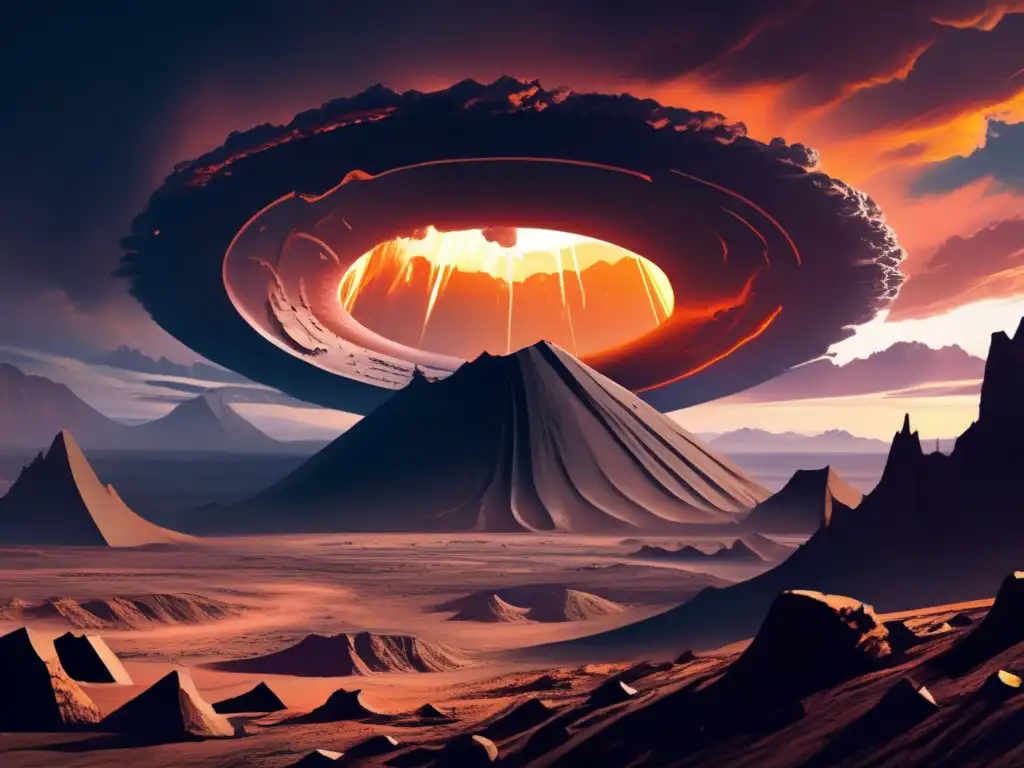 Planetary Scars: A Global Tour Of Impact Craters
Planetary Scars: A Global Tour Of Impact CratersIf you want to discover more articles similar to Asteroids In Action: Dramatic Impacts Throughout History, you can visit the Asteroid Impacts category.
Leave a Reply

Articulos relacionados: